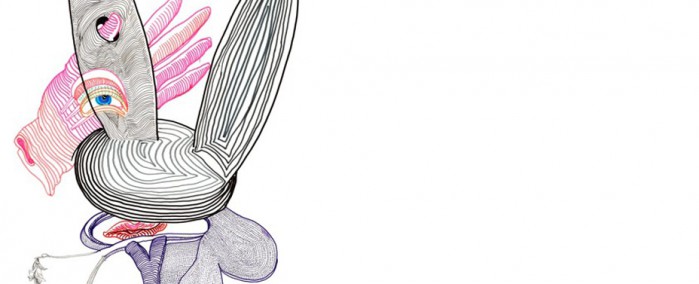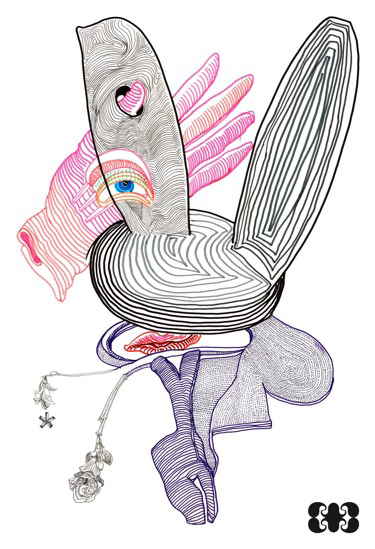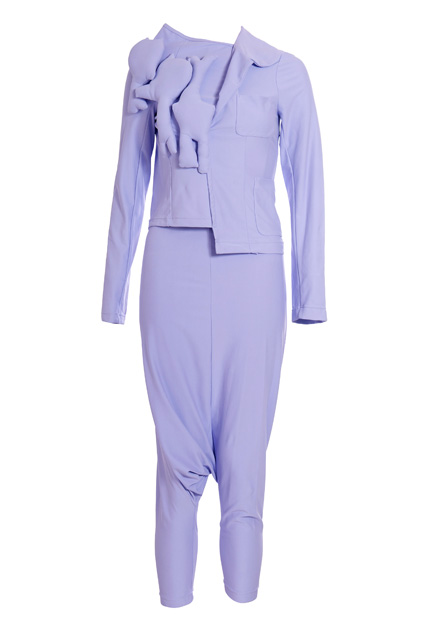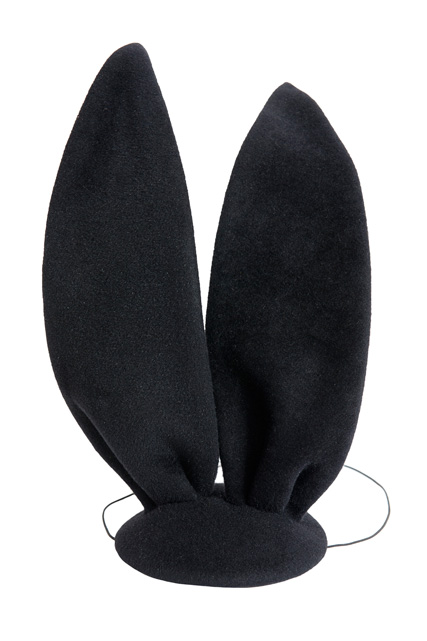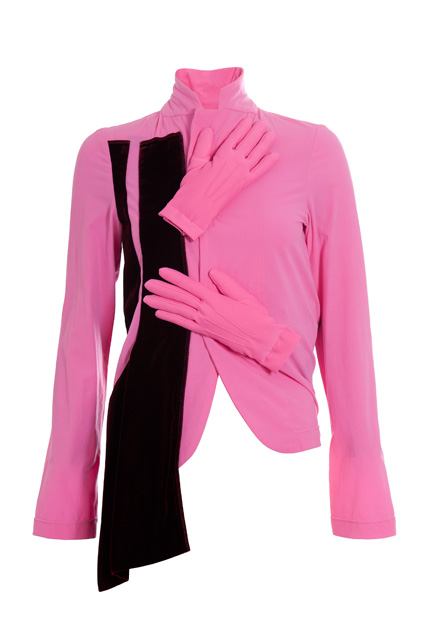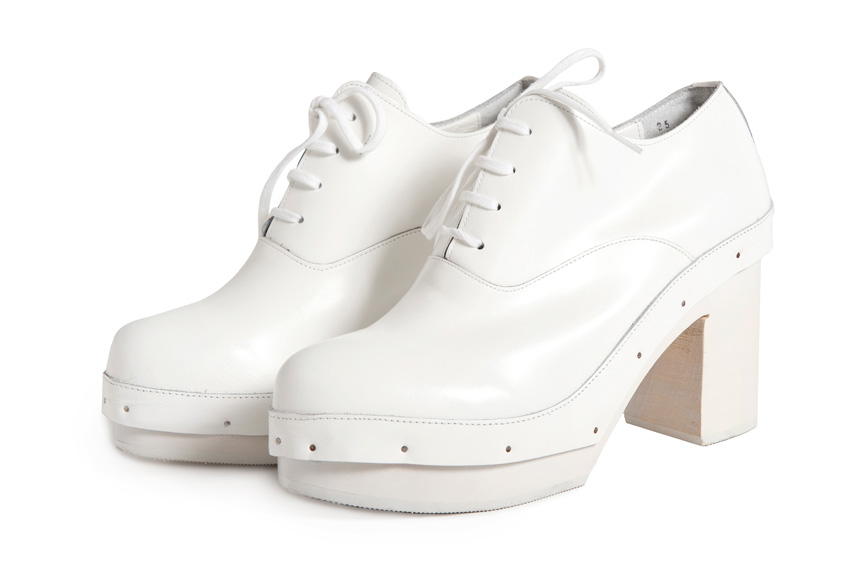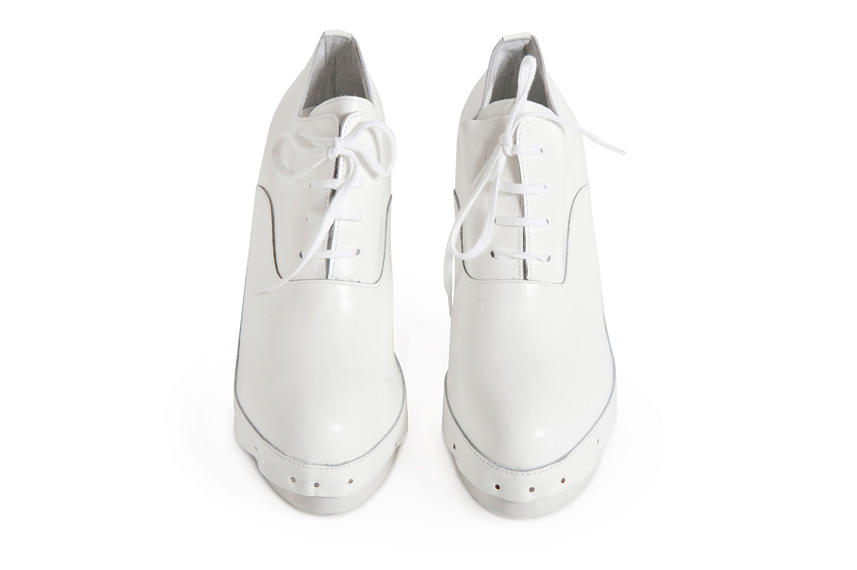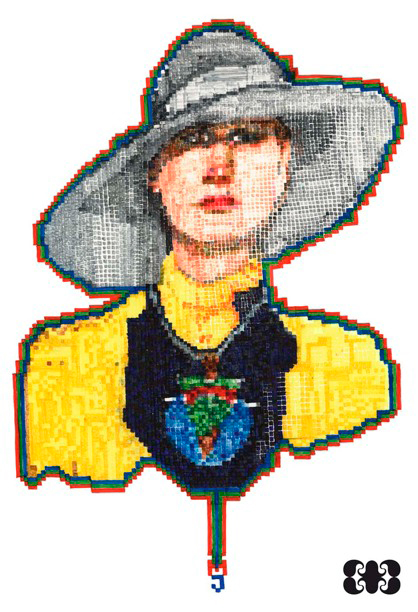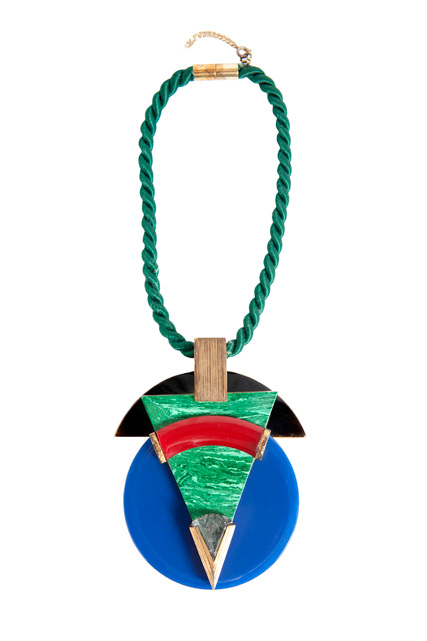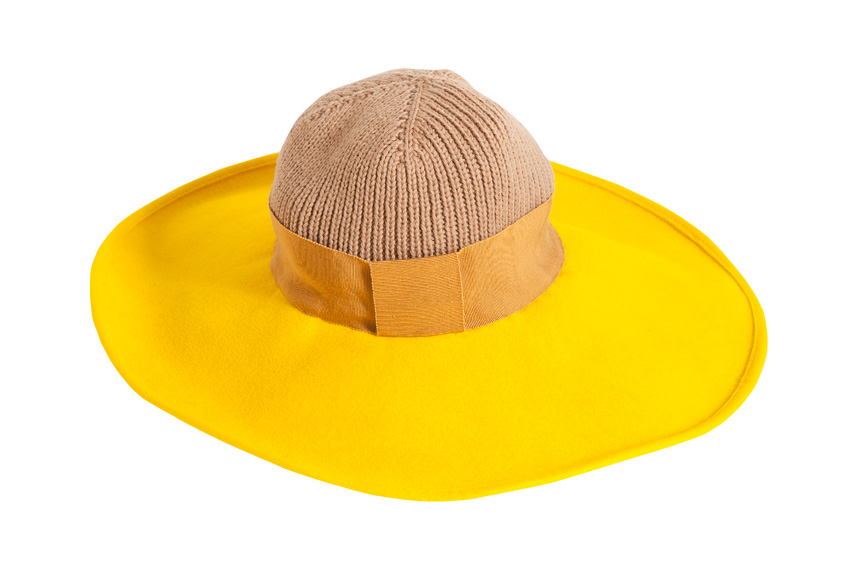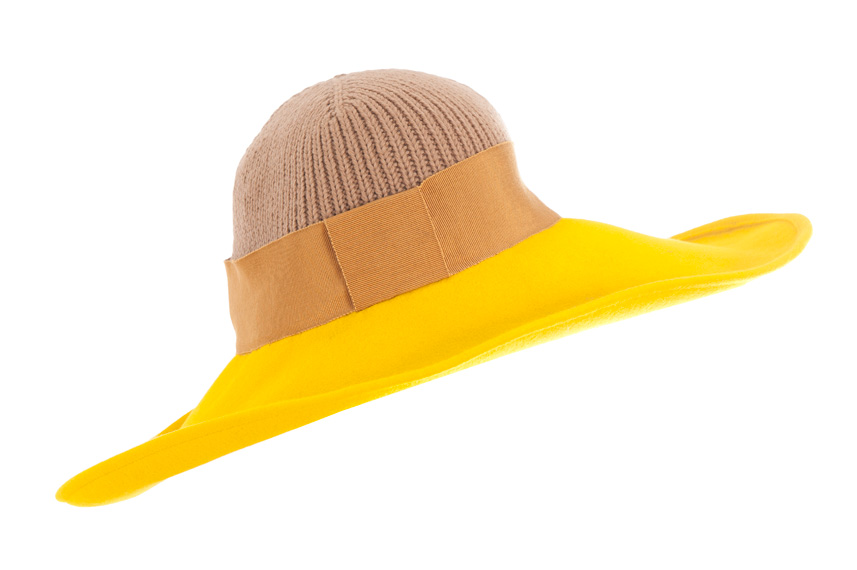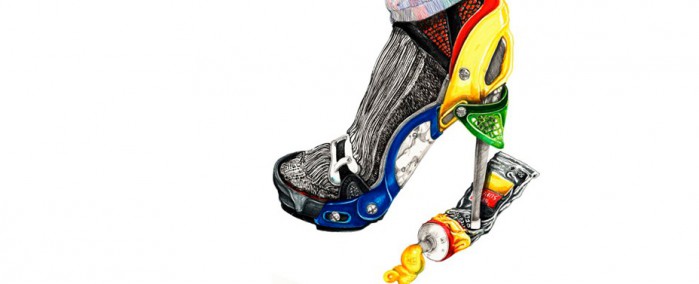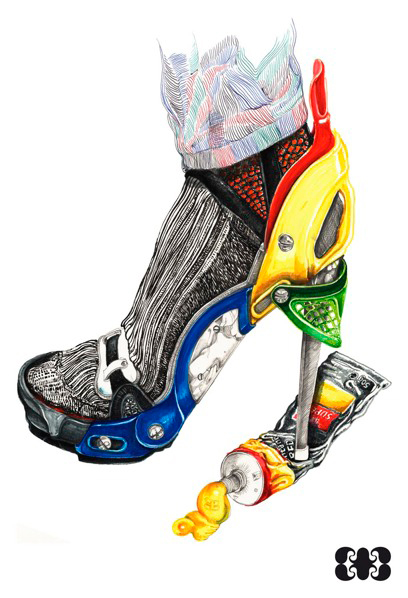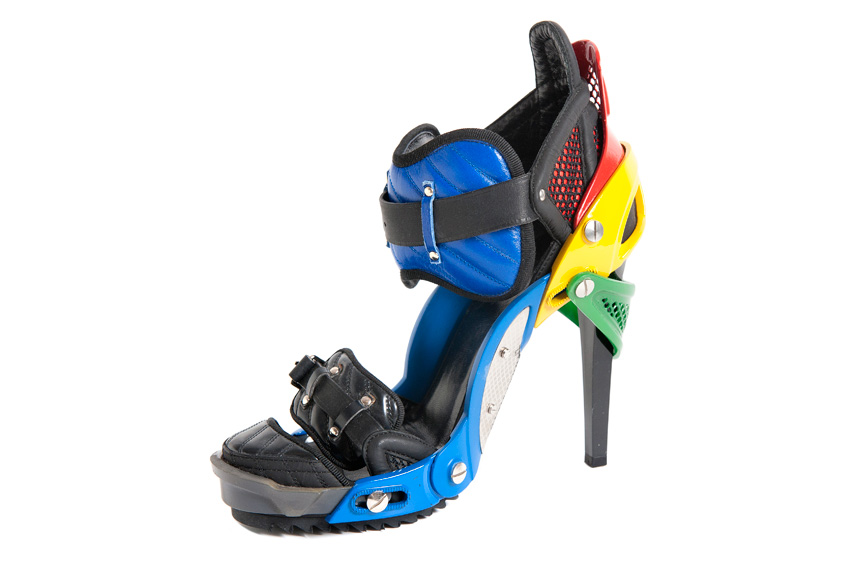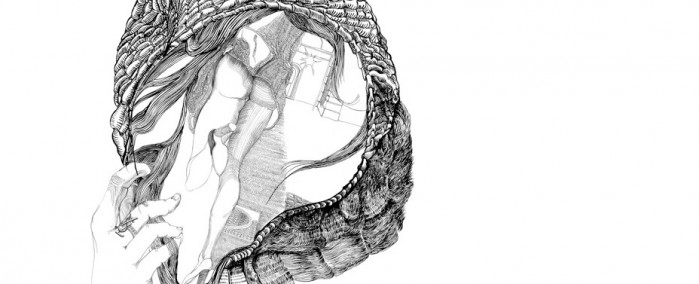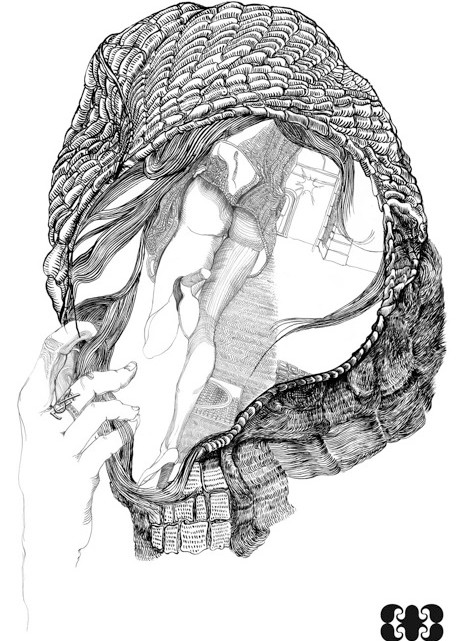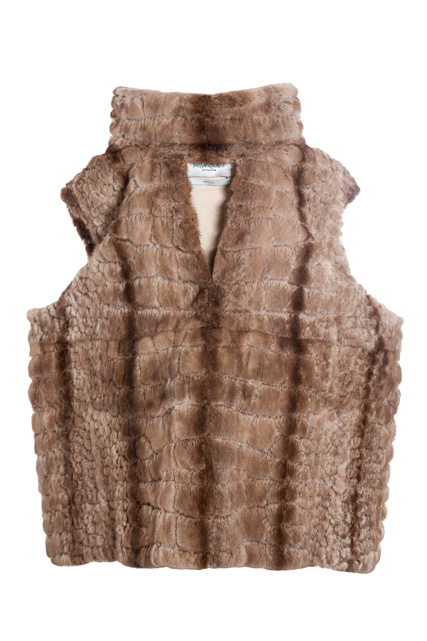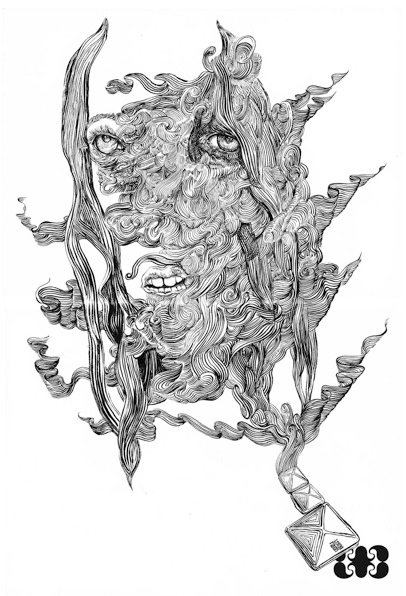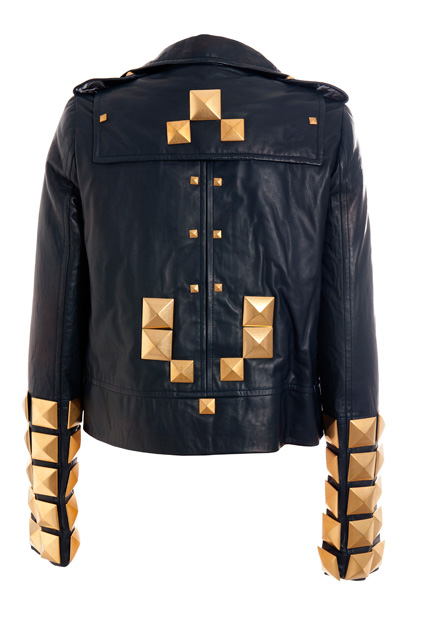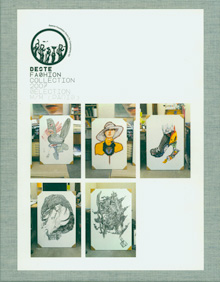For the first edition of the destefashioncollection we wanted our choice to reflect the world of fashion within the social and economical context of the present time. Through our selection we are trying to make a portraiture of the fashion world.
We deliberately made our selection amongst very well known brands. In our days, the idea of an underground fashion scene is a very obsolete idea. There is often a misunderstanding on the idea of what is creativity in fashion especially through the eyes of the art world. Due to the raise of “mass fashion retailers” we have witnessed during the past decade a kind of standardization of the dressing codes.
We are are attracted and interested by fashion designers that are trying to keep their personal vision or their point of view with in a hard core economical system. One of the recurrent problem to solve for a fashion designer is to find the balance between art full thinking and the economy of such thoughts.
– Michael Amzalag & Mathias Augustyniak (M/M Paris)
M/M (Paris)
ONE – COMME DES GARÇONS
Object: Pink nylon dress with wool bunny hat (Fall/Winter 2007-2008)
Rei Kawakubo is one of the last independent fashion designer. The brand Comme des Garçons is owned by the designer herself. CDG is creatively very daring and it is economically viable. Comme des Garçons is a kind of dream with open eyes, it is a parallel world deeply anchored in the reality. The fall winter collection was a perfect illustration of that phenomena.
M/M (Paris)
TWO – MARC JACOBS
Object: Yellow wool hat, perspex and metal jewelry (Fall/Winter 2007-2008)
We have the same kind of fascination for Marc Jacobs as he managed to create during the last 15 years his own independent cosmogony within an hardcore economical context. US of MJ, United of Marc Jacobs is a good motto for this perfect fashion character of the present time.
M/M (Paris)
THREE – BALENCIAGA
Object: Plastic and metal colored high heels (Fall/Winter 2007-2008)
Nicolas Ghesquière is a very symptomatic fashion character of the present time. His trajectory is very representative of what has happened in the fashion industry during the last decade. Powerful fashion groups have invested in dying or forgotten fashion brands in buying them. They then have appointed fashion designers to be creative directors of those brands. With in this brand new creative context Nicolas Ghesquière has managed to express his genius vision of fashion by reactivating this old fashion couture. In its glorious days it was inhabited by Cristobal Balenciaga an other genius of fashion. Dealing with history has been an ongoing topic during the past ten years in the fashion world. Also during the first years, M/M (paris) were involved in the creation of the new image of Balenciaga. The image of the shoe is a tribute to those mythic days.
M/M (Paris)
FOUR – YVES SAINT LAURENT
Object: Platinum gray alpaca jacquard hooded dress with embossed pattern and neutral mink (Fall/Winter 2007-2008)
The reason, behind this choice relates to the situation of Nicolas Ghesquière at Balenciaga. Yves Saint Laurent was bought by PPR some years ago. After appointing several designers as creative director who somehow never succeed to reactivate the brand, Stefano Pilatti (last creative director to have been appointed) has finally managed to find a way to carry on the extraordinary story of Monsieur Saint Laurent. In making this choice we are acknowledging this event. This choice is a kind of creative investment. We like it because it has the potential to be one day extraordinary.
M/M (Paris)
FIVE – GIVENCHY
Object: Black leather jacket with metal golden stubs (Fall/Winter 2007-2008)
The reason behind the choice of this piece by Riccardo Tischi is exactly the same than the one that has driven our choice for the piece by Stefano Pilati at Saint Laurent. We like it because it might be extraordinary one day. To portray the selection of our items we have chosen a medium which is forgotten in the fashion industry: drawing. With the raise of digital photography and its ability to shorten time and cost of production, photography has become the dominant medium in fashion. So we have produced those drawings with the idea in the back of our minds that we should reactivate the language of advertising images produced without photography.
